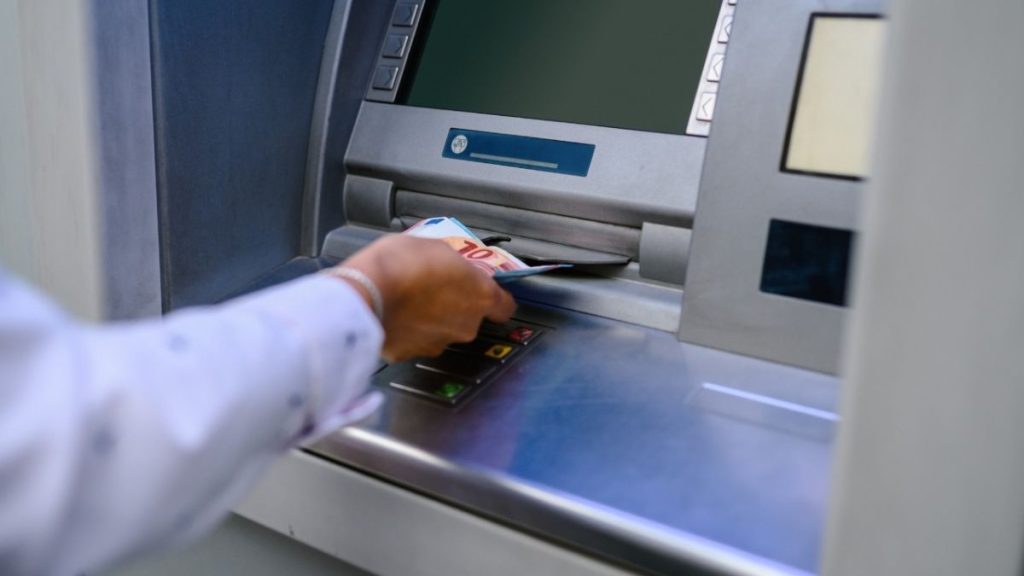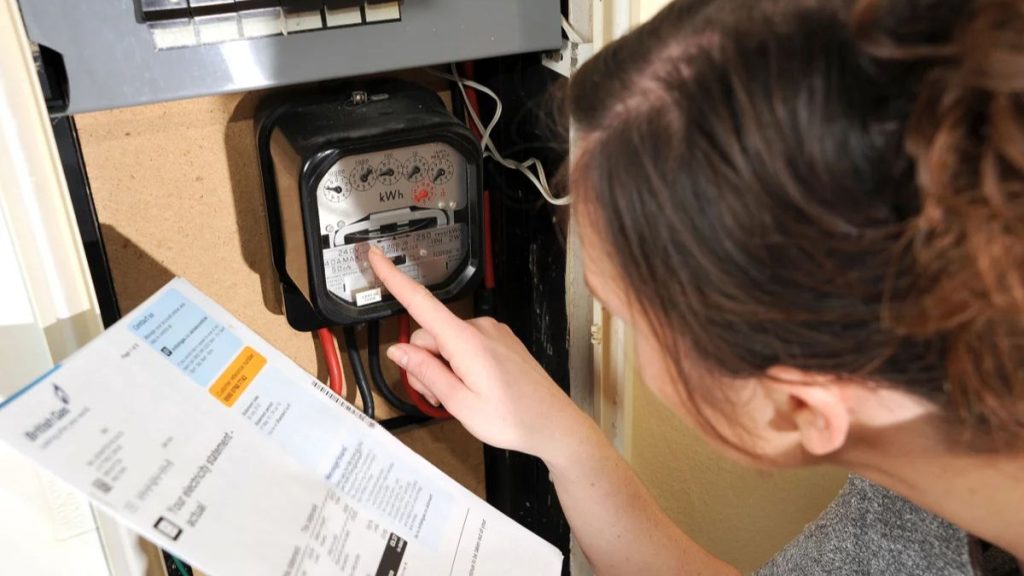Starting 15 October 2025, major UK banks will introduce new ATM withdrawal limits for older customers, marking one of the most sweeping updates to cash access rules in years. The move follows a wave of fraud targeting seniors and a national effort to make banking safer without cutting off convenience for those who still prefer cash.
These UK ATM Withdrawal Changes will directly affect how much money can be withdrawn daily or weekly, and in some cases, customers will need extra identity verification for large cash withdrawals. The goal, according to banks and the Financial Conduct Authority (FCA), is to strike a balance between security and accessibility for the UK’s ageing population.
The Core Rules You Need to Know

Under the new guidelines, banks will impose daily ATM withdrawal caps for customers above a certain age — typically 65 or 67 years old. Each bank may have slightly different policies, but the general structure remains the same:
| Feature | What’s Changing | Who This Affects | Why It’s Being Done |
|---|---|---|---|
| Daily ATM Cap | £300–£500 daily limit | Seniors (65 or 67+) | To prevent large-scale fraud |
| Verification Threshold | Withdrawals above the cap may trigger ID checks | Any customer exceeding limit | To verify genuine withdrawals |
| Exemption Option | Apply for higher limits if needed | Seniors with valid reasons | To retain flexibility |
| Bank Variation | Each bank sets its own cap | All customers | Reflects risk policies |
| Impact on Cash Use | Need to plan withdrawals or switch to digital | Seniors preferring cash | Encourages safer habits |
Banks such as Barclays, HSBC, Lloyds, and NatWest have already announced internal policies aligning with the new framework.
Why Are These Changes Being Introduced?
The biggest reason behind these new caps is the surge in fraud targeting older adults. Scammers often pressure seniors into withdrawing large sums of money quickly, using tactics like impersonation, fake “bank alerts,” or urgent home repair scams.
By capping daily withdrawals and adding verification layers, banks hope to:
- Slow down fraud attempts and allow time for detection.
- Encourage safer, traceable transactions through cards or bank transfers.
- Reduce the risk of entire savings being lost overnight.
Additionally, the government and the FCA have been pushing banks to improve security standards amid a wider shift toward digital banking. With physical branches closing and online payments rising, these limits help ensure cash systems remain secure and accountable.
Who Will Be Affected by the New Rules?
Not every customer will face restrictions, but most banks will target customers aged 65 or 67 and above.
Here’s what to expect:
- If you’re 65–67 or older, expect a stricter daily withdrawal cap.
- Some banks define “senior” as 67+, so confirm your bank’s specific threshold.
- Joint accounts may fall under the rule if one holder meets the age criteria.
- Premium or business accounts might have different or adjustable limits.
Tip: Check your bank’s website or visit a branch before 15 October to confirm whether your account will be affected.
Current vs. Future Withdrawal Limits
Before these reforms, UK banks offered widely varying ATM withdrawal limits, ranging from £300 to £800 per day, depending on the account type and security preferences.
Some premium accounts even allowed £1,000 or more, particularly for in-branch cash pickups.
After 15 October, older customers may see these ceilings lowered — often to £300–£500 per day.
This means retirees who withdraw a week’s worth of cash at once will now need to spread their withdrawals over several days or request exemptions in advance.
How to Prepare for the Change
The upcoming changes don’t have to cause stress — but you’ll need to plan ahead to stay comfortable and financially flexible.
1. Contact Your Bank Early
Call or visit your local branch and ask:
- What is your new daily ATM limit starting 15 October?
- Are there exemptions or verification steps for large withdrawals?
- Can you request temporary increases for special needs?
2. Review Big Expenses
If you have large cash needs — such as home repairs, travel bookings, or family gifts — consider withdrawing gradually or arranging a special authorisation in advance.
3. Apply for Exemptions
Banks will allow exemption requests for legitimate needs like medical expenses, home care, or emergencies.
Be prepared to provide documentation (such as invoices or ID proof).
4. Shift Toward Digital Payments
Use debit cards, online transfers, or direct payments whenever possible.
These methods are not only secure but also unaffected by daily caps.
5. Set Up Withdrawal Alerts
Enable SMS or email alerts for all ATM transactions.
This helps you monitor spending and spot unauthorised activity immediately.
Potential Challenges for Seniors
While the new rules are meant to protect, they’re not without complications.
1. Reduced Flexibility
Seniors used to withdrawing their monthly pension cash in one go will now need to make multiple trips.
2. Rural Impact
For those in rural areas with limited ATMs or bank branches, smaller daily limits could pose genuine inconvenience.
3. Digital Barriers
Some older adults remain uncomfortable with online or mobile banking, making adaptation difficult.
4. Bank-to-Bank Inconsistency
Different banks may impose different limits, creating confusion among customers comparing notes.
5. Exemption Burden
Applying for exemptions or providing documents for larger withdrawals could feel bureaucratic and time-consuming.
Government and Banking Sector Response
The FCA, UK Finance, and Age UK have publicly supported the move, stating that fraud prevention outweighs minor inconvenience.
However, regulators also stress that no senior should lose access to essential cash, urging banks to maintain flexibility for special cases.
Government initiatives are also encouraging seniors to explore digital safety training and fraud-awareness workshops — programs often offered free by local councils and community centres.
How Families Can Help
Family members play a crucial role in ensuring older relatives adjust smoothly to the new ATM limits.
They can help by:
- Setting up mobile banking or spending alerts for elderly relatives.
- Discussing budgeting to reduce the need for large cash withdrawals.
- Watching for suspicious calls, emails, or “urgent” bank requests.
- Assisting with bank visits or digital transactions if needed.
Collaboration between seniors, families, and banks will be key to making the transition safe and seamless.
Balancing Safety with Independence
Banks acknowledge that while these limits are a safeguard, they must not undermine seniors’ financial independence.
The challenge lies in keeping older customers safe without making them feel restricted.
Many financial experts view the UK ATM Withdrawal Changes as a necessary evolution — one that prioritises fraud protection, encourages secure payment habits, and adapts to changing banking technology.
Still, banks are urged to maintain empathy, provide clear communication, and offer human assistance to older customers throughout the rollout.
FAQs
1. When do the new ATM withdrawal limits start?
The new limits take effect from 15 October 2025, across most major UK banks.
2. Who will be affected by the new withdrawal caps?
Customers aged 65 or 67 and above, depending on the bank’s definition of “senior.”
3. What is the new daily withdrawal limit?
Most banks will cap daily withdrawals between £300 and £500, though policies differ.
4. Can I request a higher limit for emergencies?
Yes. You can apply for an exemption by contacting your bank and providing a valid reason or documentation.
5. How can I avoid inconvenience under the new rules?
Plan large expenses early, use debit or contactless payments, and enable bank alerts to track your transactions safely.

















